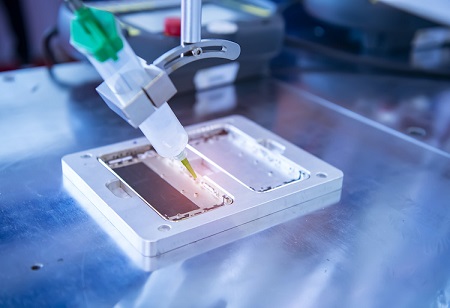For a wide range of applications across a broad spectrum of industries, the use of
sealing technologies is essential. From hydraulic systems in aviation to medical seals in the healthcare sector to engine seals in automobiles,
sealants are essential to numerous industrial operations
With novel innovations hitting the market at a rapid pace,
advanced sealing technologies are shooting up efficiency and productivity. Today, the sealants are constantly being improved via research and development to meet the demands of many sectors. Here are three of the most recent innovations in sealing technology that are set to create a lasting difference in the market.
3-D Printing to increase production efficiency
The process of making sealants is one of the most important recent advancements in sealing technology.
O-ring sealants, for example, have been created via compression molding or injection molding, both of which entail the application of heat and pressure to the material after it has been placed in a mold. Both of these processes are regarded as subtractive manufacturing, which means that items are created by removing raw material, leading to considerable waste and expenditure.
In contrast, three-dimensional printing is a process that adds material in layers until the desired result is achieved. This quickens the prototype and production processes while lowering costs and reducing waste. Virtually any material may be used as printer ink when using 3-D printing because it works from a digital blueprint with a printer, and items can be manufactured
For instance, Apple Rubber, an o-ring manufacturer, has over 8,000 sizes of o-rings in stock that are made from a variety of specially formulated rubbers like Viton, nitrile, and fluorosilicone and can be used in specialized applications like medical seals, engines for cars and airplanes, and other specialized uses. The use of 3-D printing in o-ring manufacture is assisting in the global gaskets and seals market's acceleration to a compound annual growth rate of about 5%, putting it on course to increase by $11.29 billion between 2017 and 2022.
